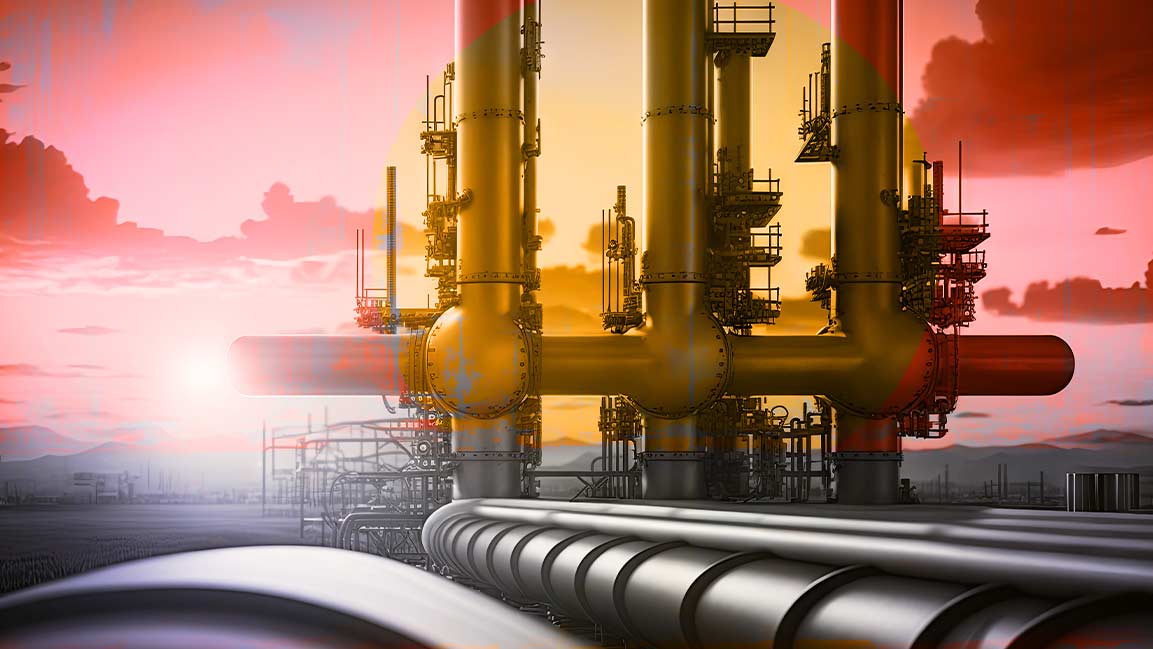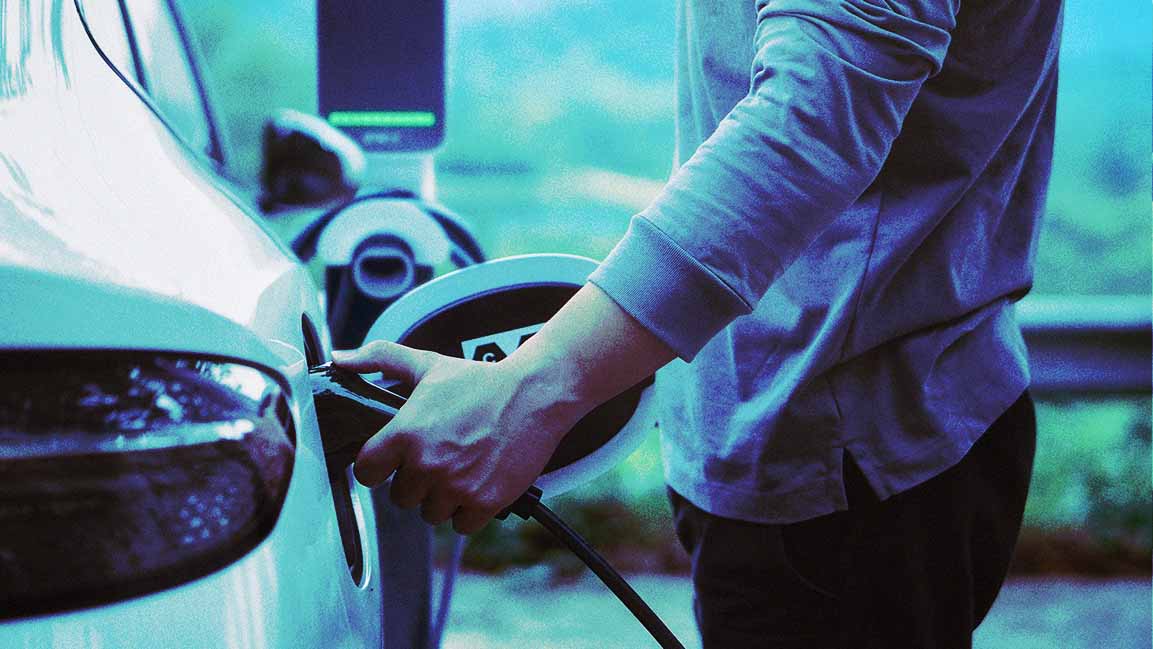- | 11:00 am
COP28 pledges cover only 30% of required energy emission cuts
130 countries have pledged to triple their renewable energy capacity and double their energy efficiency improvements by 2030.

Now accepting applications for Fast Company Middle East’s Best Workplaces For Women 2023. Click here to register.
The COP28 climate summit has seen a flurry of activity and pledges, but will it be enough? The International Energy Agency (IEA) has released a sobering assessment, casting a shadow over the proceedings.
The IEA said that the pledges made at the COP28 climate summit in Dubai will only deliver a fraction of the emission cuts needed to meet international climate goals.
The IEA released an assessment of non-binding promises made by governments and the oil and gas industry, including tripling renewable energy, doubling energy efficiency by 2030, and reducing methane emissions.
The IEA analysis found that even if all these commitments are met, global energy-related greenhouse gas emissions would only decrease by 4 billion metric tonnes of carbon dioxide equivalent in 2030, which is only 30% of required energy emission reductions.
“They would not be nearly enough to move the world onto a path to reaching international climate targets,” the IEA said. “The IEA will continue to monitor the ongoing developments at COP28 and update its assessment as needed.”
According to the UN climate body, 130 countries have signed on to renewables and energy efficiency pledges. However, major emitters like China, India, Saudi Arabia, and Russia have not.
The 2015 Paris Agreement aims to keep global warming to a maximum of 1.5 degrees Celsius above pre-industrial levels, but the IEA’s assessment suggests that current pledges need to catch up to achieving this goal.
On methane, some 50 oil and gas companies have promised to eliminate emissions and routine flaring by 2030. Methane is a highly potent greenhouse gas responsible for about one-third of current warming, second only to carbon dioxide.
































